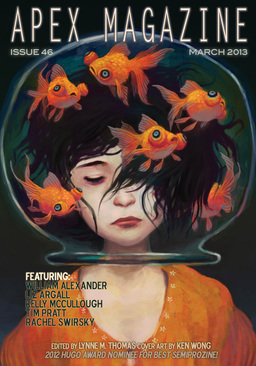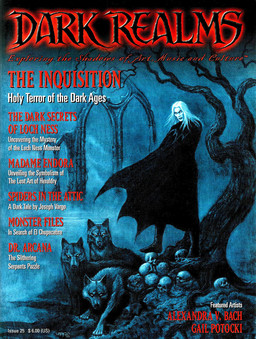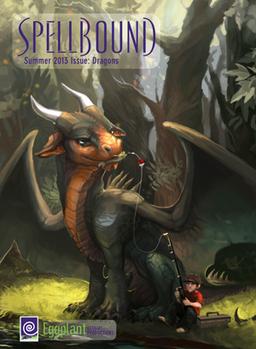Experience the Joy of the Pulps With The Incredible Pulps
 We’ve been chatting a lot about pulp fantasy recently — for example, in our recent explorations of Appendix N, Unknown magazine, escaping our genre’s pulp roots, forgotten pulp villains, Clark Ashton Smith’s Martian pulp fiction, and much more.
We’ve been chatting a lot about pulp fantasy recently — for example, in our recent explorations of Appendix N, Unknown magazine, escaping our genre’s pulp roots, forgotten pulp villains, Clark Ashton Smith’s Martian pulp fiction, and much more.
I occasionally get asked what I mean by “pulp.” It’s not the most intuitive term, I’ll grant you that, especially for younger readers. For them, if it means anything it usually conjures up images of Tarantino’s Pulp Fiction, and perhaps vague echoes of noir detective stories.
“Pulp fiction” means the fast-paced genre stories written for the popular magazines of the 1920s, ’30s and ’40s, and modern fiction written in conscious emulation of that style. The most popular of the pulp magazines, including Argosy, Adventure, All-Story Weekly, and Detective Story, had reliable circulations in the hundreds of thousands. They cost a quarter or less, and were printed on cheap (pulp) paper, frequently with ragged, untrimmed edges.
The pulps are still discussed and collected today for a number of reasons. Several of the most important writers of the 20th century — including Edgar Rice Burroughs, Sax Rohmer, H.P. Lovecraft, Ralph Milne Farley, Raymond Chandler, Agatha Christie, Louis L’Amour, and Harold Lamb — got their start in the pulps. They featured some of the most famous heroes of the early 20th Century, including Doc Savage, The Shadow, Conan, Buck Rogers, Tarzan, Zorro, and many others.
But the best fiction from the pulps has been reprinted many times and — unless you’re Howard Andrew Jones, Stephen Haffner, or John C. Hocking, on the trail of an obscure or neglected author — you rarely dig through pulps for the fiction any more. No, there’s really only one reason most of us still collect pulps. And that’s the fabulous covers and artwork.









